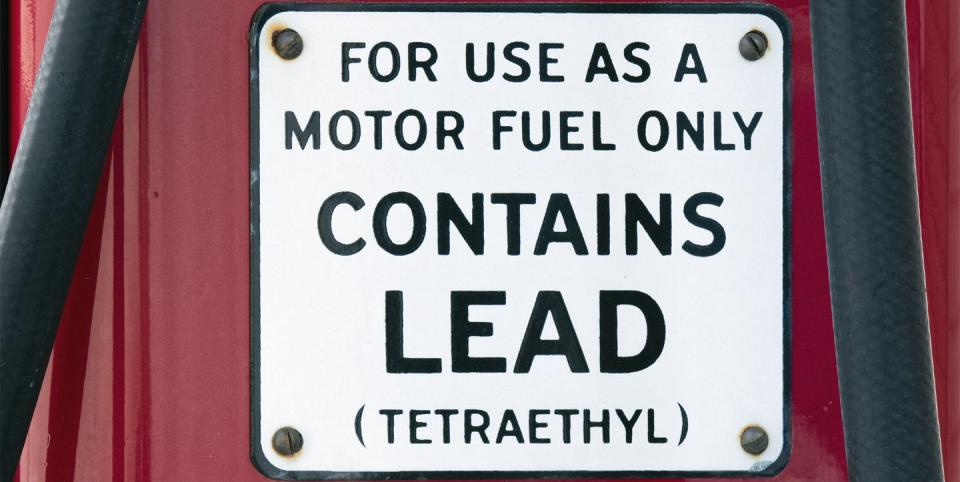How Leaded Gas Came To Be and Why We Don’t Miss It

A filling station in Dayton, Ohio, sold the first gallon of leaded gasoline in February 1923. Thomas Midgley Jr. missed the event. The General Motors engineer who discovered that tetraethyl lead, also called TEL, raised the octane of gasoline, was in Miami, Florida, convalescing from severe lead poisoning.
Midgley and his boss, Charles Kettering, the man who patented the electric starter in 1911, had ignored the known health risks of lead. Exposure affects not only the nervous, cardiovascular, and immune systems, but it can also cause major behavioral issues and learning problems in young children.
But in engines, the toxic compound eliminated knock, which was an industry-wide problem at the time. TEL was held up as the protector of valve seats and high-compression engines. Kettering also knew it was a better bet for GM than ethanol, which had similar benefits but couldn’t be patented.
The following year, 32 men at the Standard Oil Company of New Jersey became sick (in some cases, to the point of insanity), and five of them died from TEL exposure, triggering public backlash and an industry-backed investigation into the effects of TEL that proved to be a farce. Standard Oil’s medical consultant claimed that the workers’ deaths were “wholly unlike those of chronic lead poisoning such as painters often have.”
Leaded gasoline was the primary fuel type produced and sold in America until 1975. Although cited as a reason for limiting the use of leaded gas, health issues associated with TEL exposure weren’t what finally caused its removal after 52 years; it was tailpipe emissions. The use of catalytic converters became necessary to meet stricter emissions regulations outlined in the Clean Air Act of 1970, and leaded gasoline proved damaging to these devices. In 1975, catalytic converters were in and lead was out. New cars were sold with cats, hardened valve seats, and Unleaded Fuel Only labels. Virtually overnight, “Fill it up unleaded” became the request at gas stations across America.
Eventually, leaded gas became illegal in roadgoing vehicles, first in California in 1992 and then nationwide four years later. Despite many calling the valve-seat issue a myth, owners of older cars fearing engine damage scrambled to modify their cylinder heads. Today, the valve-seat debate still rages on across the internet.
Although Time magazine in 2010 called leaded gas one of the 50 worst inventions of all time, it’s still sold in the U.S. for use in off-road vehicles, farm equipment, aircraft, race cars, and marine engines.
If You’re a Fan of Breathing, You’ll Want to Thank These Car Parts
Let It Burn: How Quickly Can We Drive Through a Tank of Gas?
Chevrolet Pilot Program Lets Drivers Pay for Gas on In-Car Screens, Not at the Pump
You Might Also Like

 Yahoo Autos
Yahoo Autos 